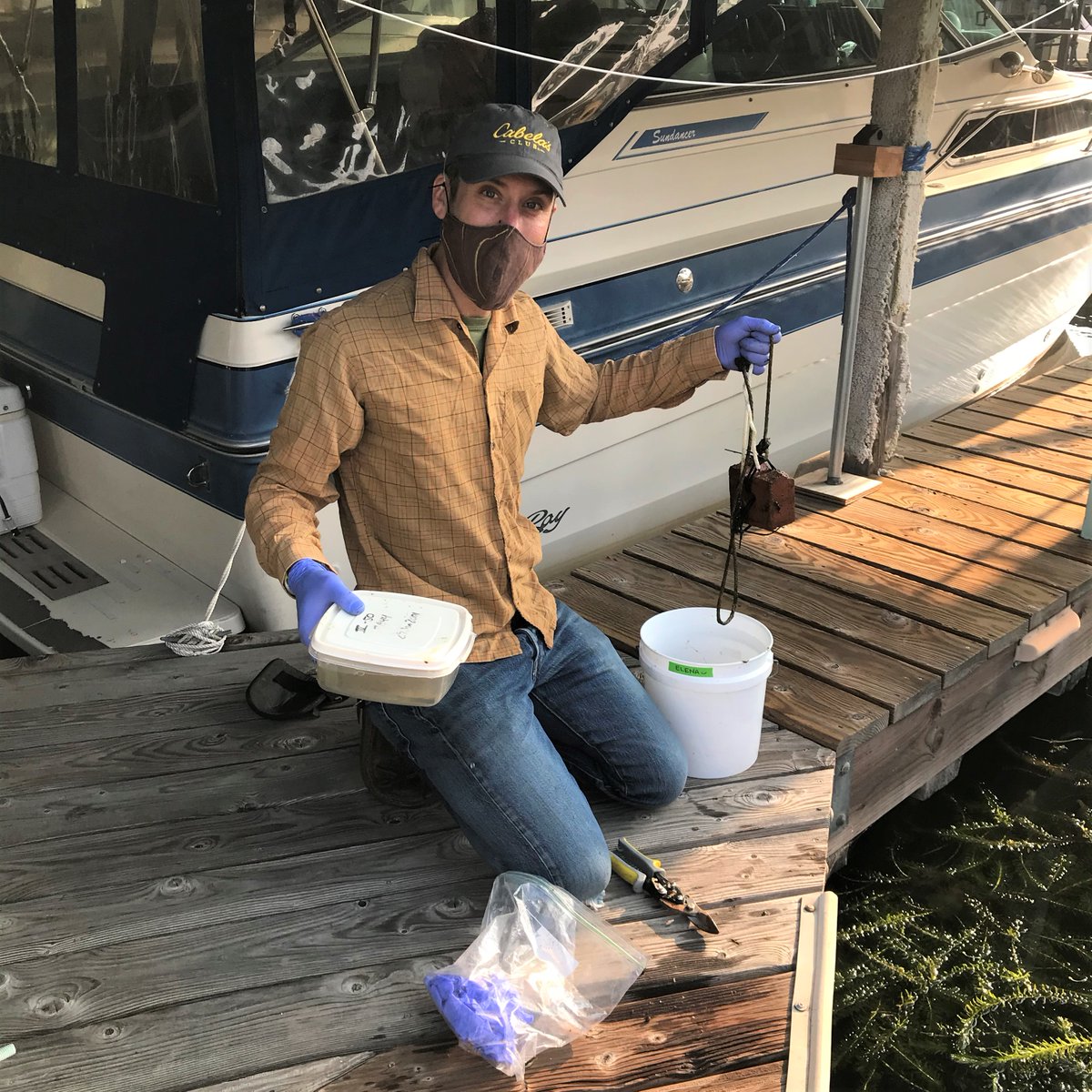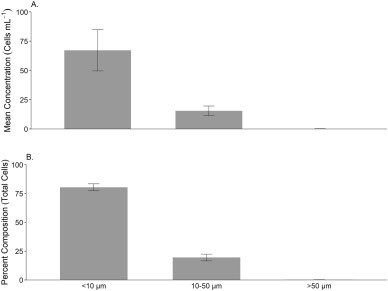We're going to #livetweet this event! Watch along with us here and send us your follow up questions.
https://twitter.com/SmithsonianEnv/status/1253353099810537472
Here we go! @BillWeirCNN is hosting Thad Allen of @USCG , @LibbySchaaf the Mayor of Oakland, Emily Pidgeon of @ConservationOrg, our own Greg Ruiz, Phil Ryan of Swiss Re Americas, and Tuck Hines of @SmithsonianEnv !
Mayor @LibbySchaaf of Oakland, CA talking about climate change effects in San Francisco Bay Area, one of our major areas of invasions research.
Philip K. Ryan, Swiss Re, Ltd, addresses measuring climate change around disasters, fires, weather events, and insurance in coastal areas and how we're getting better at measuring these events.
Thad Allen of @USCG mentions that climate change will have a big impact on the 70% of the Earth that is ocean, and that one big part of the picture will need to address ports and harbors. We study the movement of ships - and how those links might transfer invasive species. 

Mayor @LibbySchaaf ends with a call for collaboration with our communities - whose support we need to push through climate issues! We interact with our public through #CitizenScience and here on twitter! 👋
Phillip K. Ryan finds #OceanOptimism in the younger generation, and the public at large. It's changing where they allocate their resources.
Emily Pidgeon and Thad Allen are discussing the importance of mangroves for our coastal cities. They offer protection of coastlines and a nursery for young ocean animals, especially for the safety of tropical and subtropical coastal communities.
Greg Ruiz is now discussing the way #InvasiveSpecies can travel around in #BallastWatter. There are over 100,000 vessels in the global fleet, and are a big driver of new invasive species.
There are about 500 established invasive species in the U.S. already, much of that driven by ship travel. - Greg Ruiz 

Greg has #OceanOptimism because of a campaign released about 30 years ago to raise awareness of #ballastwater driven #invasivespecie. We went from zero management of ballast 20 years ago to 90% of vessels treating ballast water today. 

Admiral Thad Allen explains the methods of ballast water treatment and that a lot of progress has been made on new technologies for this purpose. He also discusses the possibilities to reduce the #carbonfootprint of ships in the future through maritime technology.
Emily Pidgeon of @ConservationOrg discusses #carbon sequestration and how we can preserve critical carbon sink ecosystems. We've done some work on #BlueCarbon and how invasive species can impact climate change. si.edu/newsdesk/relea…
Emily Pidgeon calls coral reefs "the canary in the climate change coal mine." And that we need to double-down on protecting these ecosystems. "They aren't just beautiful places to go visit... but they provide food for millions and millions of people around the world."
Corals are threatened by marine diseases, some of which might be invasive. Check out the work done by @SERCMarDisease on this important issue!
serc.si.edu/research/proje…
serc.si.edu/research/proje…
Tuck Hines narrates a video on bringing together all disciplines to protect the ocean! #OceanOptimism 

And that wraps it up for our session on #ClimateChange and Coastal Communities! Thanks everyone for watching and to @BillWeirCNN especially for being a great host. Tweet us your questions!
• • •
Missing some Tweet in this thread? You can try to
force a refresh




















